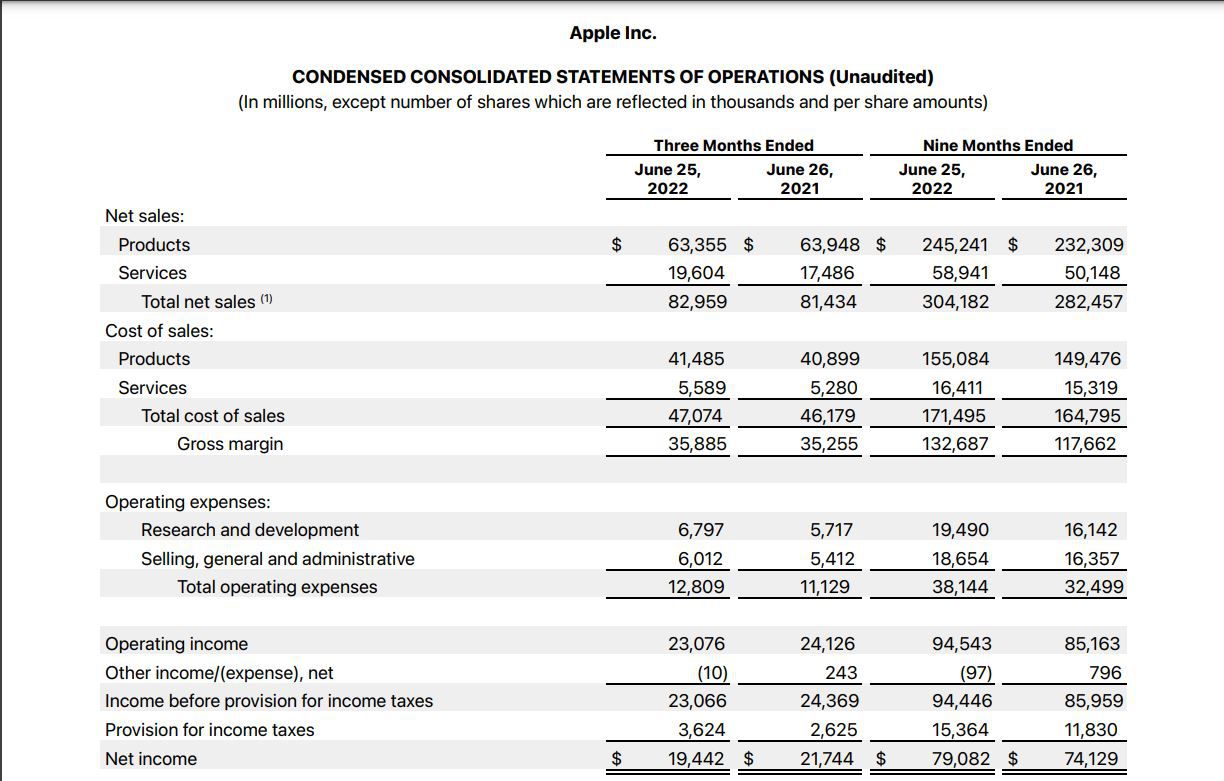Home>Finance>Negative Goodwill (NGW): Definition, Examples, And Accounting


Finance
Negative Goodwill (NGW): Definition, Examples, And Accounting
Published: December 29, 2023
Learn about Negative Goodwill (NGW) in finance, including its definition, examples, and accounting principles. Discover how NGW impacts financial statements and valuation.
(Many of the links in this article redirect to a specific reviewed product. Your purchase of these products through affiliate links helps to generate commission for LiveWell, at no extra cost. Learn more)
Understanding Negative Goodwill (NGW): Definition, Examples, and Accounting
When it comes to finance, there are always new and intriguing concepts to explore. One such concept that has been gaining attention is Negative Goodwill (NGW). But what exactly is Negative Goodwill, how does it work, and how is it accounted for? In this blog post, we will delve into the depths of this fascinating topic and provide you with a clear understanding of Negative Goodwill.
Key Takeaways:
- Negative Goodwill occurs when a company acquires another company for less than the fair market value of its net assets.
- NGW can arise due to various factors, including distress sales, industry downturns, or even unfavorable market conditions.
Defining Negative Goodwill
Negative Goodwill, also known as “bargain purchase,” happens when a company purchases another company for less than the fair market value of its net assets. In simpler terms, it means acquiring a company at a discount or a price lower than its actual worth. While it may sound counterintuitive, Negative Goodwill can occur due to specific circumstances and strategic business decisions.
Examples of Negative Goodwill
To better grasp the concept of Negative Goodwill, let’s consider a couple of examples:
-
Distressed Sale: During an economic downturn, Company A finds itself in financial trouble and is forced to sell its assets quickly. Company B, recognizing this opportunity, acquires Company A’s net assets for a significantly lower price than their fair market value. The difference between the purchase price and the fair market value represents Negative Goodwill.
- Company A’s net assets fair market value: $10 million
- Company B’s purchase price: $6 million
- Negative Goodwill: $4 million
-
Market Conditions: In certain industries, market conditions can result in the acquisition of other companies at a bargain price. Company C, a well-established player in the industry, takes advantage of a downturn to acquire smaller competitors at a discounted rate. This negative difference between the purchase price and fair market value is once again classified as Negative Goodwill.
- Net assets fair market value: $50 million
- Company C’s purchase price: $40 million
- Negative Goodwill: $10 million
Accounting for Negative Goodwill
Accounting for Negative Goodwill involves recognizing it as a gain in the acquiring company’s financial statements. This gain is included in the income statement in the period of acquisition and is also disclosed separately in the financial reports. However, it is essential to note that Negative Goodwill cannot be anticipated or planned for in advance, as it arises from unexpected circumstances or favorable buying opportunities.
In summary, Negative Goodwill is a phenomenon that occurs when a company purchases another company for less than the fair market value of its net assets. It can arise due to distress sales, industry downturns, or even market conditions. Accounting for Negative Goodwill involves recognizing it as a gain in the acquiring company’s financial statements, highlighting the exceptional nature of the acquisition. While Negative Goodwill may seem counterintuitive, it presents unique opportunities for companies to acquire assets at a discount and generate value for their shareholders.
Thank you for reading this blog post on Negative Goodwill (NGW): Definition, Examples, and Accounting. We hope it has provided you with valuable insights into this fascinating concept. For more informative articles on finance and related topics, don’t forget to explore our other blog posts in the Finance category.














